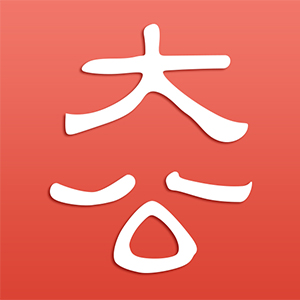
復活節是紀念耶穌復活的節日,但朱古力、兔仔及復活蛋卻沒有在聖經中提到。
話說復活節兔仔在1700年由德國移民帶入美國,這種名為"Osterhase"及"Oschter Haws"的野兔,是唯一一種可以生出彩蛋的兔仔。在復活節的早晨,人們會把彩蛋,朱古力和糖果放在一個籃子裏作為裝飾物。
另外,雞蛋代表新生命,復活節以雞蛋做裝飾可以追溯到13世紀。好幾百年之前,教會在Lent「四旬節」期間嚴禁雞蛋,只有在復活節時才可以購買雞蛋。
至19世紀,俄羅斯上流社會在復活節時開始交換裝飾華麗,甚至以寶石鑲嵌的雞蛋。
坊間大部分的復活節故事也大致如此。在這個星期的課堂上,我鼓勵學生自己創作一個全新的復活節故事。
我喜歡其中一個學生一個以St. Patrick's Day, Leprechaun「愛爾蘭惡作劇小妖精」的crossover故事。
Instead of the Easter bunny, I want to greet Leprechaun who offers everyone a wisdom message of shamrock in a golden chocolate coin. That way, Easter becomes more visceral rather than those boring egg hunt lobbying.
有趣的是,學生用了"visceral"描述小妖精Leprechaun的鬼主意及以"boring egg hunt lobbying"來描述自己對復活節尋蛋遊戲的厭惡。
有時候打破傳統不一定是壞事,把固有的概念重新整理,可以帶給人們新希望,新氣象。
復活節帶給我們最大的禮物是希望。It might be difficult to say what is impossible, for the dream of yesterday is the hope of today and the reality of tomorrow.